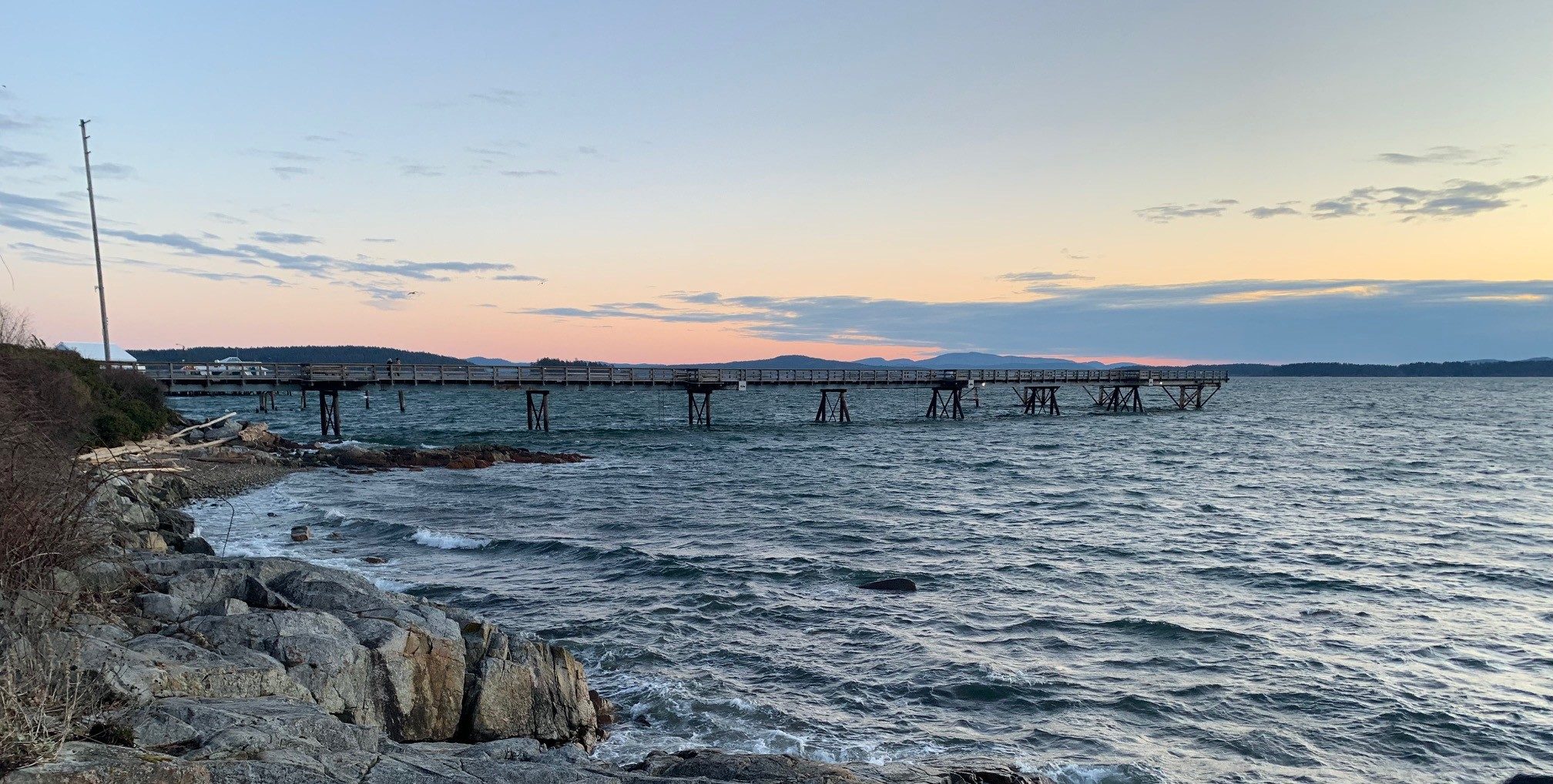Sidney’s Interim Flood Construction Level Policy is the first step toward ensuring that new buildings are built with future water levels in mind.
The policy requires all applicants for Building Permits or Development Permits where construction is subject to, or likely to be subject to, flooding resulting from high tides, storms and storm surges to provide a report and a Flood Assurance Statement from a qualified Professional Engineer confirming that the land may be used safely for the purpose intended.
Specifically, the Town has determined that all proposals to build structures for habitation or business below 5.0 m geodetic elevation will require a report from a qualified Professional Engineer. The report shall review local conditions and set a site-specific FCL. Proposed ancillary floor areas for storage of goods, etc. that are below the FCL are susceptible to flood damage, and must be listed in the report along with intended usages.
In order to be accepted, the report must state that these ancillary floor areas may be safely used if constructed below the FCL. The Engineer’s report shall be submitted to the Town and accepted prior to issuance of a Building Permit.
Where the property in question is located in a Development Permit Area, the Engineer’s report shall be submitted to the Town and accepted prior to issuance of a Development Permit.
As a condition of the Building Permit, a Section 219 covenant must be registered on the title of the property with the Engineer’s report attached. The covenant ensures that the project is built in accordance with the report and notifies future owners of the property of the susceptibility to flooding, and hold the Town of Sidney harmless from future claims and damages.
The Interim Flood Construction Level Policy will act as a guide for new construction and development in lower-lying areas of the Town until further steps are taken by the Provincial Government regarding the proposed amendments to the Flood Hazard Area Land Use Management Guidelines.
